1. Controls
1.1. Risks
1.1.1. Identify "real" risks
1.1.2. Likelihoodand impact analysis
1.1.3. Management strategy - avoid, mitigate, accept, plan
1.2. Issues
1.2.1. Visibility - open issues only need be discussed
1.2.2. Move to resolve, through decisions or tasks
1.2.3. FAQs - for clients and project team
1.2.4. Issues per stakeholder
1.3. Scope
1.3.1. Assumptions
1.3.2. Constraints and dependencies
1.3.3. Managing scope creep
1.4. Project governance
1.4.1. Project executive / sponsors
1.4.2. Critical issue management
1.4.3. Financials
1.4.4. Delegated / managed authority
2. Doing
2.1. Decisions
2.1.1. PM makes no decisions
2.1.2. Identify decision makers present options
2.1.3. Decision log
2.2. Reporting
2.2.1. Regular reports to direct report
2.2.2. Senior user / sponsors / Board
2.2.3. Tracking
2.3. Work
2.3.1. Monitoring progress
2.3.2. "Packaging"
2.3.3. Exception reporting
2.3.4. PM does little actual work...
2.4. Team meetings
2.4.1. Effective meeting principles
2.4.2. Frequency - regular or by exception?
3. Starting/Ending
3.1. Client / Contractor engagement
3.1.1. Success criteria
3.1.2. Ongoing review
3.2. Business case
3.2.1. Why are we doing this - no more than six points
3.2.2. Measurable business targets
3.2.3. 'describable' deliverables
3.3. Ending an engagement
3.3.1. Enduring change
3.3.1.1. Handover workshop
3.3.1.2. Documentation
3.3.1.3. Ongoing support
3.3.2. Engagement review
3.3.2.1. Success or fail
3.3.2.2. Lessons learned
3.3.2.3. Follow-ups
4. Planning
4.1. Product Breakdown Structure
4.1.1. Whiteboard session
4.1.2. Described products - nouns
4.1.3. Identify dependencies and order of delivery
4.2. Stages
4.2.1. Current stage plan
4.2.2. Planning horizon
4.2.3. Key outline stages
4.2.4. Schedules
4.3. Roles and Responsibilities
4.3.1. Stakeholder identication
4.3.2. Who owns what? (different to does)
4.3.3. Resourcing
4.3.4. Who does what? What if they don't?
4.4. Change Management
4.4.1. Communication plan
4.4.2. Operational processes - what will be different?
4.4.3. Selling the benefits
